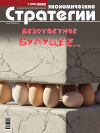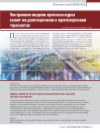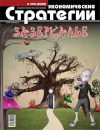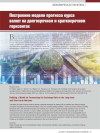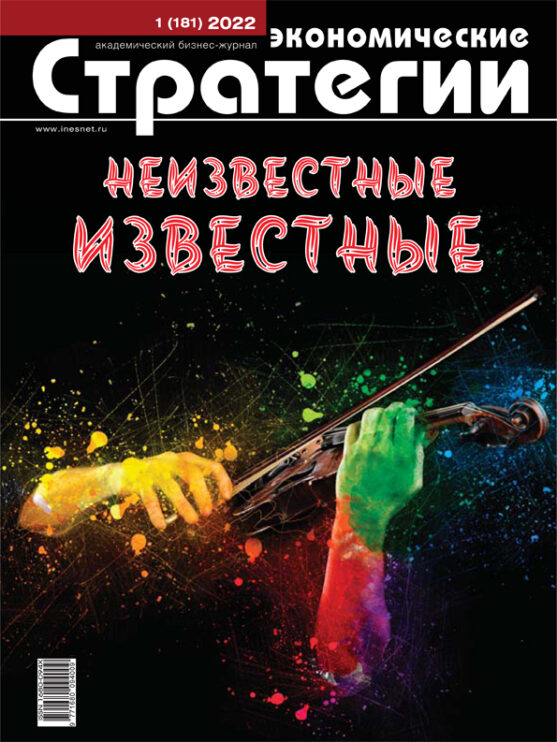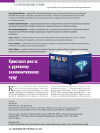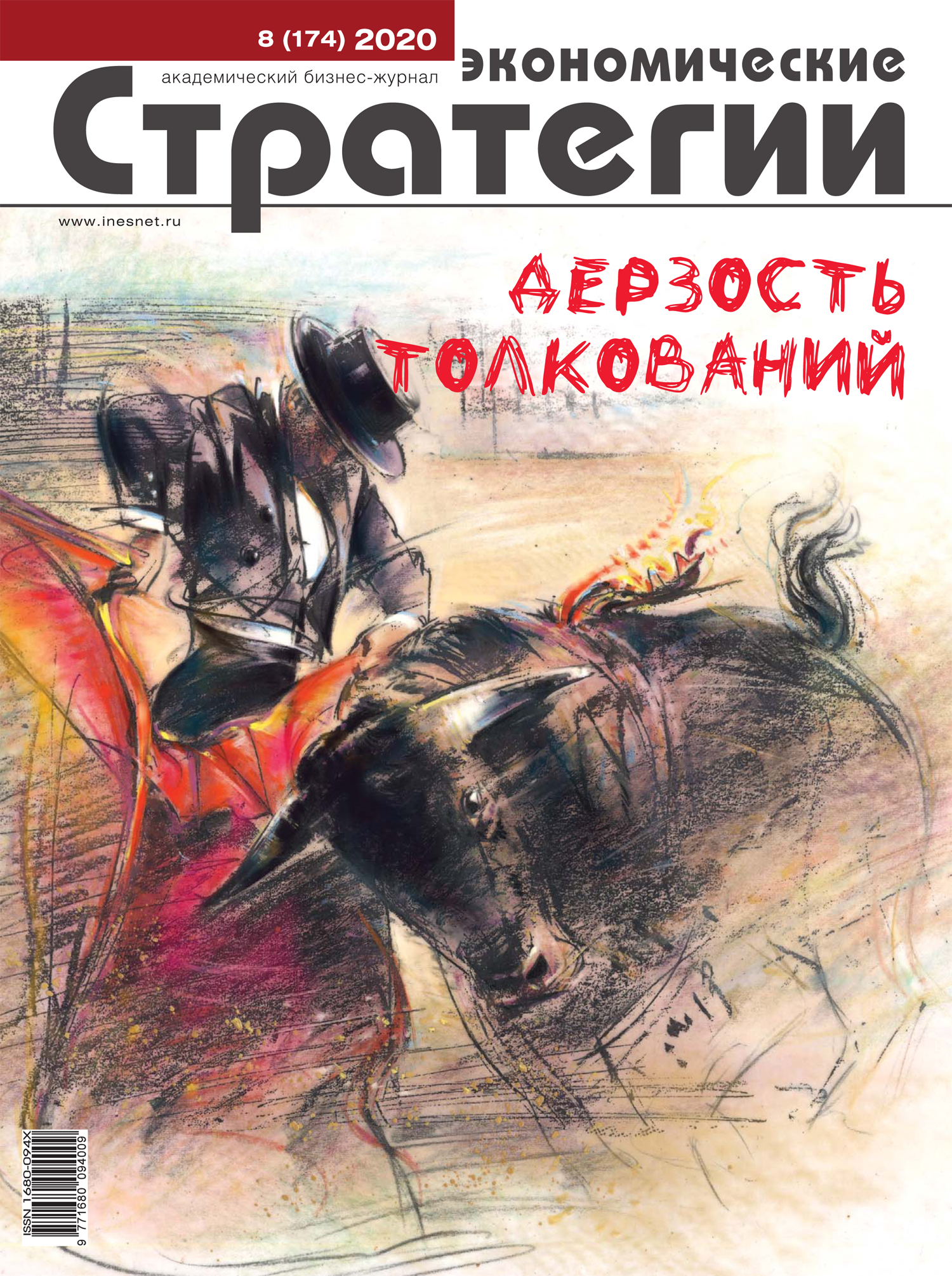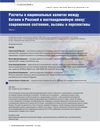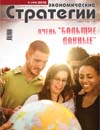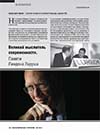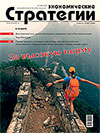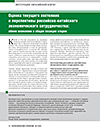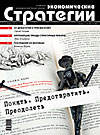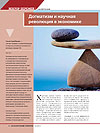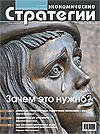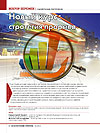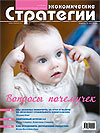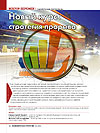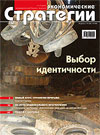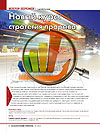Building a Model for Forecasting the Exchange Rate on the Long-term and Short-term Horizons
DOI: 10.33917/es-1.187.2023.16-25
Forecasting the ruble exchange dynamics appears objectively necessary for shaping both the medium-term financial strategy of industry corporations and the general strategic course for occupying leading positions in sectors of business interest, including through the use of new financial instruments, new markets and, in general, a system of strategic planning of socio-economic development of Russia. However, in today’s realities, according to most experts, with whom we cannot but agree, the task of forecasting seems extremely difficult and appears complicated by the fact that the launched crises are unpredictable and are characterized by a diverse nature (pandemic and geopolitical crises, expansion of trade wars and sanctions). In such conditions, when uncertainty grows excessively, it is important to turn to the accumulated experience: to analyze to what extent the available models can be suitable for prospective assessments in the current environment.
References:
[1–15] see No. 6 (186)/2022, p. 25.16. Ageev A.I., Glaz’ev S.Yu., Mityaev D.A., Zolotareva O.A., Pereslegin S.B. Postroenie modeli prognoza kursa valyut na dolgosrochnom i kratkosrochnom gorizontakh [Building a Model for Forecasting the Exchange Rate on the Long-term and Short-term Horizons]. Ekonomicheskie strategii, 2022, no 6 (186), pp. 16–25, available at: DOI: https://doi.org/10.33917/es-6.186.2022.16-25.
17. Dubrova T.A. Analiz vremennykh dannykh [Time Data Analysis]. Analiz dannykh. Moscow, Yurait, 2019, pp. 397–459.
18. Boks Dzh, Dzhenkins G. Analiz vremennyh ryadov [Time Series Analysis]. Prognozirovanie i upravlenie. Moscow, Mir, 1974, 406 p.
19. Alzheev A.V., Kochkarov R.A. Sravnitel’nyi analiz prognoznykh modelei ARIMA i LSTM na primere aktsii rossiiskikh kompanii [Comparative Analysis of ARIMA and LSTM Forecasting Models on the Example of Russian Companies’ Stocks]. Finansy: teoriya i praktika, 2020, no 24(1), pp. 14–23,
DOI: 10.26794/2587-5671-2020-24-1-14-23.
20. Mhitaryan S.V., Danchenok L.A. Prognozirovanie prodazh s pomoshch’yu adaptivnyh statisticheskih metodov [Sales Forecasting with the Help of Adaptive Statistical Methods]. Fundamental’nye issledovaniya, 2014, no 9-4, pp. 818–822.
21. Pilyugina A.V., Bojko A.A. Ispol’zovanie modelej ARIMA dlya prognozirovaniya valyutnogo kursa [Using ARIMA Models for Exchange Rate Forecasting]. Prikaspijskij zhurnal: upravlenie i vysokie tekhnologii, 2015, no 4, pp. 249-267.
22. Ruppert D., Matteson D.S. Statistics and Data Analysis for Financial Engineering. Springer, 2015, available at: https://link.springer.com/book/10.1007%2F978-1-4939-2614-5.
23. Garcia F., Guijarro F., Moya I., Oliver J. Estimating returns and conditional volatility: A comparison between the ARMA-GARCH-M models and the backpropagation neural network. International Journal of Complex Systems in Science, 2012, no 1(2), pp. 21–26.
24. Maniatis P. Forecasting the Exchange Rate Between Euro And USD: Probabilistic Approach Versus ARIMA And Exponential Smoothing Techniques. Journal of Applied Business Research (JABR), 2012, no 28(2), pp. 171–192, available at: https://doi.org/10.19030/jabr.v28i2.6840.


